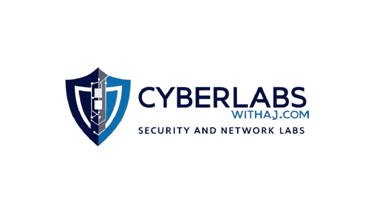Exploring Cyber Security: Insights on OSPF, BGP, and Network Monitoring
As cyber threats continue to evolve, network-level visibility and control are becoming crucial components of a strong cybersecurity strategy. In this article, we’ll explore how routing protocols like OSPF (Open Shortest Path First) and BGP (Border Gateway Protocol) play a role in secure communication—and how network monitoring helps detect and prevent attacks in real time.


Understanding OSPF and BGP in the Security Context
🔹 OSPF – A Link-State Routing Protocol
OSPF is widely used within internal networks (IGP – Interior Gateway Protocol). It builds a full map of the network and calculates the shortest path to each destination.
From a cybersecurity perspective:
OSPF can be targeted with spoofed LSAs (Link-State Advertisements) to alter routing paths.
Secure OSPF deployments rely on authentication mechanisms (plain-text or MD5) to prevent manipulation.
🔹 BGP – The Backbone of the Internet
BGP is an EGP (Exterior Gateway Protocol) used to exchange routing information between autonomous systems (AS). It’s what keeps the global internet connected.
Security challenges in BGP:
BGP Hijacking: When an attacker advertises IP ranges they don’t own.
Route Leaks: Misconfiguration or malicious routing updates that expose internal traffic to external networks.
To enhance BGP security:
Use prefix filtering, max-prefix limits, and RPKI (Resource Public Key Infrastructure).
Monitor BGP session behaviour for unexpected announcements.
Why Network Monitoring Is Non-Negotiable
Monitoring tools like Wireshark, Zabbix, PRTG, and ELK Stack give network admins deep visibility into what's happening across the infrastructure.
Key reasons monitoring enhances security:
🔎 Anomaly Detection: Spot unusual traffic patterns, port scans, or DoS attacks
🧠 Historical Analysis: Understand baseline behavior for better incident response
🔐 Compliance & Auditing: Log tracking for internal and external audits
🛑 Early Warning System: Get alerts when BGP flaps or OSPF neighbors drop
A proactive monitoring setup bridges the gap between network performance and threat visibility.
How These Elements Connect
When routing protocols and monitoring tools are combined smartly:
✅ You detect misroutes or hijacks instantly
✅ You secure the communication paths of critical traffic
✅ You reduce downtime due to fast root-cause detection
✅ You gain operational + security visibility in one view
